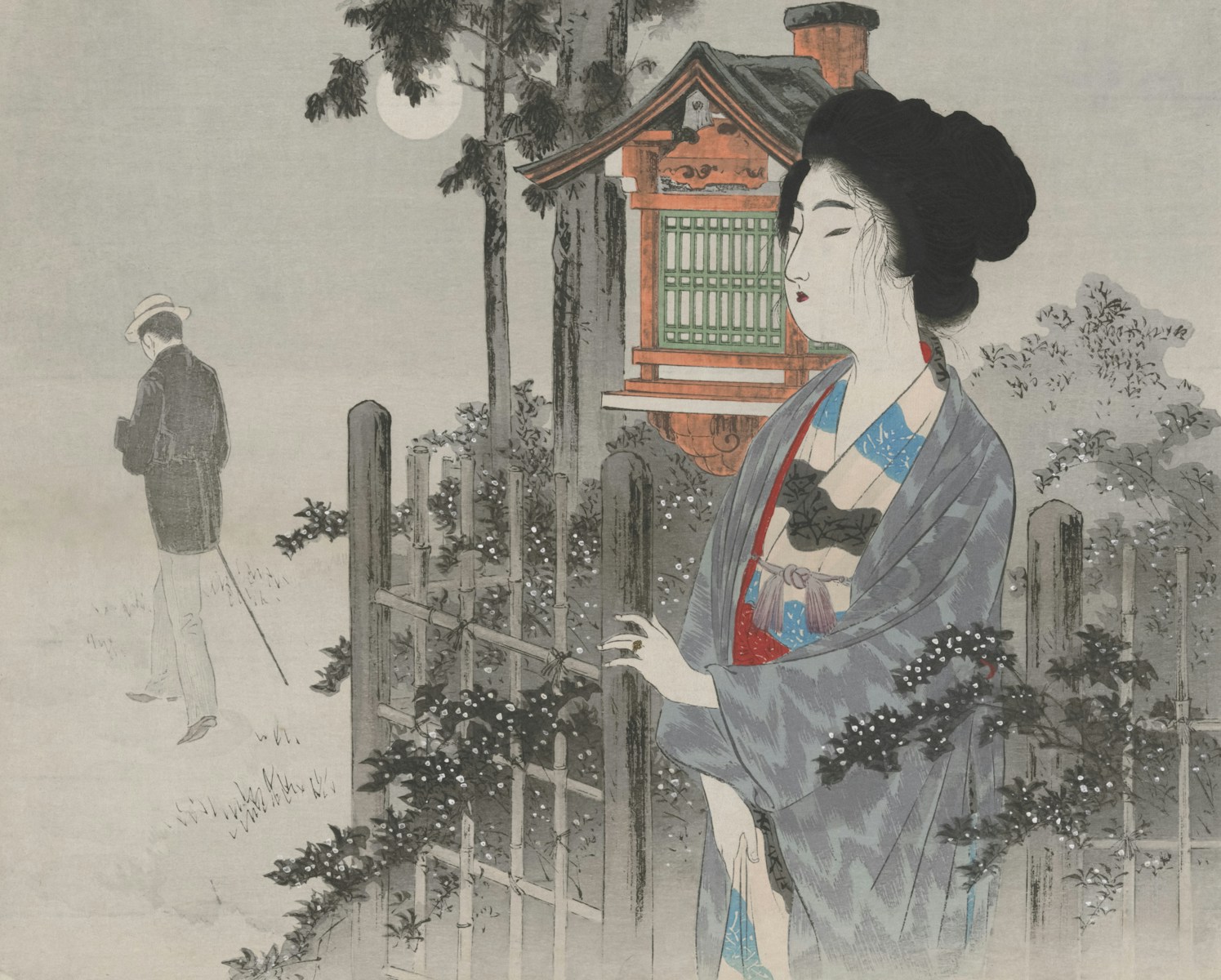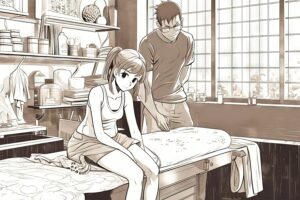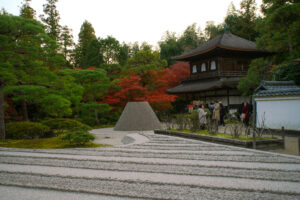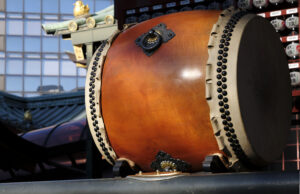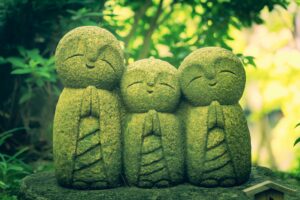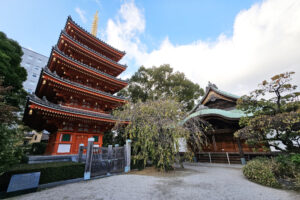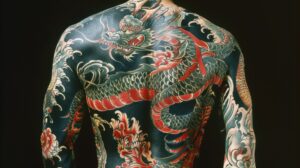In the heart of Japan, a renaissance of an age-old art form is quietly unfolding. Japanese woodblock printing, or mokuhanga, known for its detailed, vibrant designs and rich historical lineage, is experiencing a revival both within its homeland and across the globe. This resurgence is not just about preserving a traditional craft; it’s a testament to the timeless appeal of mokuhanga and its ability to adapt and flourish in the modern world. From ancient techniques being passed down to new generations, to innovative artists bridging cultures through their work, the art of Japanese woodblock printing is being redefined for a new era. In this exploration, we delve into the history, the process, and the future of this captivating art form, unveiling the enduring legacy of Japanese woodblock prints.
A Renaissance in Japanese Woodblock Printing
The resurgence of interest in Japanese woodblock printing, particularly over the last few decades, signals a growing appreciation for the craft’s unique blend of simplicity and complexity. Artisans and artists around the world are drawn to its rich history, distinctive aesthetic, and the hands-on process that stands in stark contrast to the digital age’s ephemeral nature. Workshops, exhibitions, and collaborations are increasingly common, spotlighting the art form’s versatility and its potential for cross-cultural dialogue. This renaissance is nurtured by a dedicated community of practitioners who view mokuhanga not just as a technique, but as a philosophy of art that values patience, precision, and harmony with nature.
The Centuries-Old Craft of Ukiyo-e Unveiled
Ukiyo-e, which translates to "pictures of the floating world," represents the most famous genre of woodblock printing, offering glimpses into the hedonistic, vibrant life of the Edo period (1603-1868). These prints, characterized by their flat areas of color and graceful lines, depicted a wide range of subjects from sumptuous landscapes to scenes of daily life, kabuki actors, and beautiful courtesans. The creation of ukiyo-e involved a collaboration among the artist, the carver, the printer, and the publisher—a testament to the communal spirit at the heart of this craft. Today, these centuries-old techniques continue to inspire, as contemporary artists explore new themes while adhering to traditional methods.
Carving the Future: Modern Masters of Mokuhanga
In the hands of modern masters, mokuhanga is being pushed into new territories, blending traditional techniques with contemporary themes and sensibilities. Artists like Keiko Hara and Yuko Kimura, among others, have gained international recognition for their innovative approaches to woodblock printing, incorporating elements from different cultures and experimenting with scale, materials, and subject matter. These artists maintain the delicate balance between respecting the meticulous processes of mokuhanga and reinterpreting them to reflect personal visions and the complexities of the modern world. Through their work, they are carving a path toward a future where tradition and innovation coexist beautifully.
The Global Revival of Traditional Japanese Art
The appeal of Japanese woodblock printing has transcended borders, leading to a global revival of interest in this traditional art form. International exhibitions, artist residencies in Japan, and collaborative projects have fostered a vibrant community of practitioners and enthusiasts worldwide. Countries like the United States, the United Kingdom, and Australia have seen a notable increase in mokuhanga workshops and courses, indicating a growing demand for the skills and knowledge associated with this craft. This global movement not only enriches the art world but also strengthens cultural connections, proving that traditional arts have a vital role to play in our increasingly connected world.
From Edo to Today: The Evolution of Woodblock Prints
The journey of Japanese woodblock prints from the Edo period to today is a fascinating tale of endurance, adaptation, and revival. Initially produced as a form of popular entertainment, these prints have evolved into highly prized works of art, celebrated for their historical significance and artistic merit. Contemporary artists, while paying homage to the past, are redefining what woodblock printing can be—experimenting with new subjects, techniques, and materials. This evolution reflects a broader trend in the art world, where traditional forms are not only preserved but also reimagined, ensuring their relevance and appeal to new generations.
The Delicate Dance of Carving and Printing
The process of creating a woodblock print is a delicate dance between carving and printing, requiring skill, patience, and a deep understanding of the materials involved. Each print is the result of a layered process, where images are carved onto wooden blocks, inked, and then pressed onto paper. The interaction between the wood, the ink, and the paper is nuanced, with variations in pressure, moisture, and alignment all contributing to the final outcome. This hands-on process, where each decision leaves a tangible imprint on the work, is central to the allure of mokuhanga, connecting artists and artisans to a tradition that is both ancient and endlessly adaptable.
Sustainability in Art: Woodblock Printing’s Green Edge
In an era increasingly concerned with sustainability, the art of Japanese woodblock printing stands out for its minimal environmental impact. The use of natural materials—such as cherry wood blocks, vegetable-based inks, and handmade paper (washi)—coupled with the water-based printing process, makes mokuhanga an eco-friendly alternative to oil-based printing techniques. Additionally, the non-toxic materials and processes involved align with a growing desire among artists and collectors for art that harmonizes with ethical and environmental principles. This aspect of woodblock printing is attracting new practitioners who are keen to combine their artistic pursuits with their commitment to sustainability.
Preserving Tradition in the Digital Age
In the digital age, where the ephemeral reigns supreme, the tactile, labor-intensive nature of mokuhanga offers a compelling counterpoint. Efforts to preserve this traditional craft extend beyond the workshop, with digital archives, online tutorials, and virtual exhibitions making the art form accessible to a wider audience. These digital platforms not only serve as repositories of knowledge but also as communities where enthusiasts can share techniques, experiences, and inspirations. By leveraging technology, the tradition of Japanese woodblock printing is being safeguarded and propagated, ensuring its survival and continued evolution.
The Intersection of Tradition and Innovation
At the intersection of tradition and innovation lies the future of Japanese woodblock printing. Artists and artisans are exploring new possibilities by incorporating digital design methods, experimenting with non-traditional materials, and engaging with global artistic movements. These innovations enrich the practice of mokuhanga, demonstrating its adaptability and relevance in a contemporary context. As traditional techniques are reimagined for the present day, the art form remains vibrant and dynamic, a living link to the past that continues to inspire and evolve.
Artists Bridging Cultures Through Mokuhanga
Mokuhanga, with its rich heritage and expressive potential, has become a medium through which artists can bridge cultures and foster understanding. By integrating elements from different artistic traditions and exploring universal themes, these artists create works that transcend cultural boundaries. The global community of mokuhanga practitioners is a testament to the art form’s ability to connect people across distances, celebrating shared human experiences while honoring the uniqueness of individual perspectives. Through their work, these artists contribute to a cross-cultural dialogue that enriches the global art landscape.
Educational Initiatives Spreading Woodblock Wonders
Educational initiatives play a crucial role in spreading the wonders of Japanese woodblock printing to new audiences. Universities, art schools, and cultural institutions around the world are introducing mokuhanga courses, workshops, and lectures, providing hands-on experience and theoretical knowledge to students and enthusiasts alike. These initiatives not only impart the technical skills necessary for woodblock printing but also foster an appreciation for the art form’s history, aesthetics, and cultural significance. By educating and inspiring new generations, these programs ensure the continued vitality and relevance of mokuhanga in the global arts community.
The Enduring Legacy of Japanese Woodblock Prints
The enduring legacy of Japanese woodblock prints is a testament to the art form’s beauty, versatility, and cultural significance. From the historic scenes of ukiyo-e to contemporary explorations of identity and environment, woodblock printing continues to captivate and inspire. As practitioners around the world embrace and reinterpret mokuhanga, they contribute to a living tradition that bridges past, present, and future. The art of Japanese woodblock printing, with its deep roots and ever-expanding possibilities, stands as a vibrant symbol of the enduring power of cultural heritage and artistic innovation.
The revival of Japanese woodblock printing is a vibrant chapter in the ongoing story of this ancient art form. As modern masters and enthusiastic beginners alike delve into the rich traditions of mokuhanga, they breathe new life into a craft that encapsulates the essence of Japanese aesthetics and cultural values. This global embrace, fueled by a combination of reverence for the past and a zest for innovation, underscores the universal appeal of woodblock printing. As we look to the future, the enduring legacy of Japanese woodblock prints reminds us of the timeless beauty and relevance of connecting with our cultural heritage and the natural world through art. In the delicate dance of carving and printing, artists continue to tell stories, bridge cultures, and explore the boundless possibilities of tradition and innovation.
